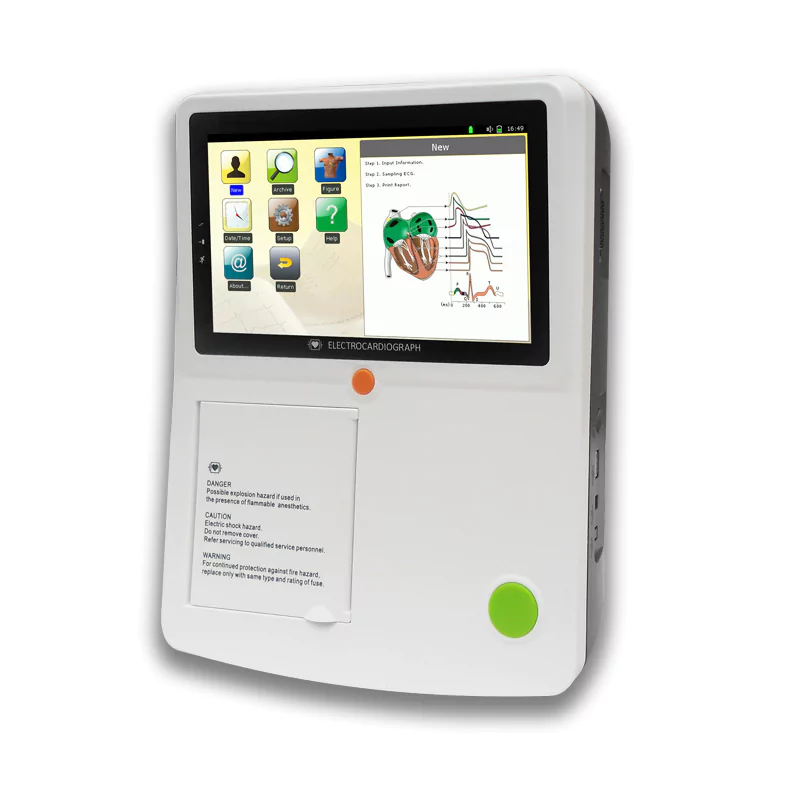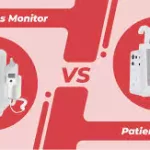
Introduction of ECG and EEG Machine
Understanding the differences between ECG and EEG Machine is crucial in medicine. These devices are instrumental in monitoring and diagnosing different health conditions but serve distinct purposes.
Table of Contents
ECG: Heart’s Electrical Activity Monitor
An ECG machine records the electrical activity of the heart. It detects and analyzes heart rhythms and identifies heart conditions such as arrhythmias, heart attacks, and other cardiovascular issues. The ECG test involves placing electrodes on the chest, arms, and legs, which capture the heart’s electrical signals. These signals are then translated into waveforms that specialists can interpret. Different types of ECG tests include resting, exercise, and ambulatory ECGs, each serving specific diagnostic purposes.
EEG: Brain Wave Mapping
Conversely, an EEG machine monitors the electrical activity of the brain. This test is essential in diagnosing brain illnesses, strokes, nervous system issues, and brain cancers. Small metal discs (electrodes) are attached to the scalp during an EEG. These electrodes are connected to the EEG machine, which records brain wave patterns. The test is painless and can take about 20 to 40 minutes, depending on the requirement. EEGs are divided into types like video EEG and, in rare cases, invasive EEG, based on the diagnostic needs.

Procedure Differences
The setup for an ECG involves attaching electrodes to the patient’s chest, arms, and legs. The patient typically lies down during the test. For EEGs, the process involves attaching electrodes to the scalp, and the patient is often seated. Preparation for both tests is minimal, but it’s advised not to use hair products before an EEG as they can interfere with electrode placement.
Test Interpretation and Risks
Both tests are generally safe and non-invasive. ECGs focus on heart rate and rhythm, while EEGs provide insights into brain activities and potential abnormalities. Interpreting these tests requires expertise and understanding of the complex patterns recorded during the tests.

Modern Technology Integration
Interestingly, some high-end smartwatches now come equipped with ECG capabilities, offering users an essential monitoring of their heart rhythm and alerting them to potential anomalies. However, these should be seen as something other than replacements for the comprehensive testing available in medical settings.
Conclusion
In summary, while ECG and EEG machines are pivotal in medical diagnostics, they cater to different aspects of human physiology – the heart and the brain. Understanding their differences is essential for accurate diagnosis and treatment in various medical scenarios.



